Rabbit Noises, What Your Rabbit Sounds Mean

As a rabbit owner or enthusiast, you may have wondered about the various sounds your furry friend makes. Rabbits are intelligent and communicative animals. Understanding their sounds and body language helps you build a stronger bond with your bunny.
In this article, we explore the fascinating world of rabbit communication. We dive deep into rabbit sounds and their meanings, how to recognize and respond to your rabbit’s noises, and tips for strengthening your connection with your lovable pet. So, hop on! Let’s unlock the mystery of rabbit sounds together!

Introduction to Rabbit Sounds and Communication
Rabbits are often thought of as quiet animals, but they have a rich repertoire of sounds and body language to communicate their feelings, needs, and desires, both for male and female rabbits. As a rabbit owner, learning to understand these signals is crucial to providing the best possible care for your pet and ensuring their happiness and well-being.
Of course, rabbits don’t “speak” in the same way that humans or some other animals do. But they do have their own unique ways of expressing themselves, and it’s essential to become familiar with these methods of communication, especially when dealing with dominant rabbits.
Rabbit sounds and body language can give you valuable insights into your pet’s emotional state, health, and comfort levels. By paying close attention to these signals, you can better understand your rabbit’s needs and preferences. This helps you create a more nurturing and supportive environment for your bunny.
Additionally, understanding your rabbit’s communication methods helps you identify potential health issues or behavioral problems early on, allowing you to address them promptly and effectively.
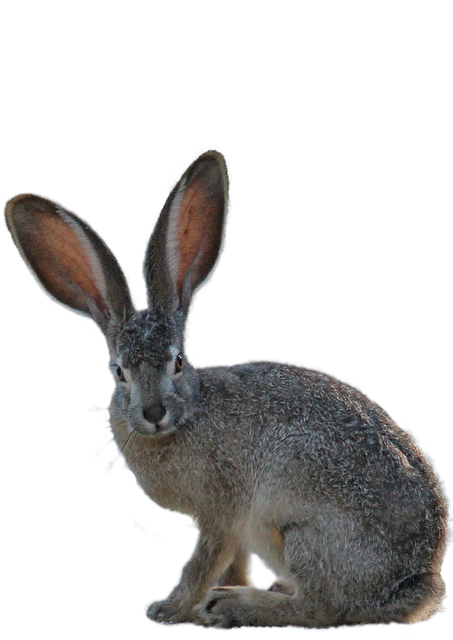
Understanding Rabbit Body Language
Before we delve into the specific rabbit sounds and their meanings, it’s important to consider the broader context of rabbit communication. Rabbits use a combination of body language and vocalizations to express themselves, and it’s essential to learn to interpret both types of signals to fully understand your rabbit’s messages.
Observation
When observing your rabbit’s body language, pay close attention to their ears, eyes, nose, and tail. Also, look at their overall posture and movements. These provide valuable clues about your rabbit’s emotions and intentions.
For example, a relaxed and content rabbit may have their ears up and forward, eyes half-closed, and nose slightly twitching. On the other hand, a scared or anxious rabbit may have flattened ears, wide-open eyes, and a tense body posture.
By learning to recognize and interpret your rabbit’s body language, you’ll be better equipped to understand their vocalizations and respond appropriately to their needs.
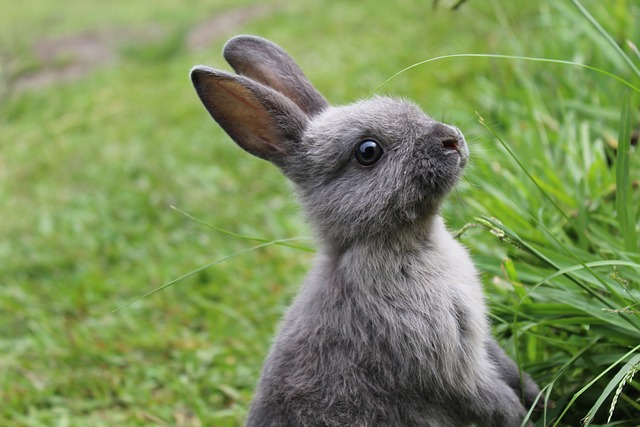
Common Rabbit Sounds and Their Meanings
Rabbits have a diverse range of vocalizations, each with its own unique meaning. Here are some of the most common rabbit sounds and what they signify:
-
Purring:
This soft, low sound is a sign of contentment and happiness. Rabbits often purr when they’re being petted or groomed, or when they’re enjoying a tasty treat.
-
Tooth clicking:
Similar to purring, tooth clicking is another sign of pleasure and satisfaction. Rabbits make this noise by gently tapping their teeth together, often while being petted or snuggling with their owner.
-
Honking:
This sound, often resembling a soft thumping, is made when a rabbit’s head is excited or seeking attention. It may be accompanied by circling or dancing around your feet, indicating that your bunny wants to play or be petted.
-
Whimpering or squeaking:
These high-pitched, soft sounds indicate discomfort, fear, or pain. If your rabbit is making these noises, it’s essential to check for any signs of injury or illness and consult your veterinarian if necessary.
-
Growling or snorting:
These aggressive sounds are a warning that your rabbit feels threatened or angry. They may be accompanied by lunging, biting, or other defensive behaviors. It’s crucial to give your rabbit space and try to identify the source of their distress to address it appropriately.
-
Thumping or stomping:
Rabbits use their powerful hind legs to create a loud thumping sound when they’re scared, angry, or trying to warn others of potential danger. If your rabbit is thumping, it’s essential to determine the cause of their distress and address it as quickly as possible.
By familiarizing yourself with these common rabbit sounds and their meanings, you’ll be better equipped to understand and respond to your bunny’s needs and emotions.
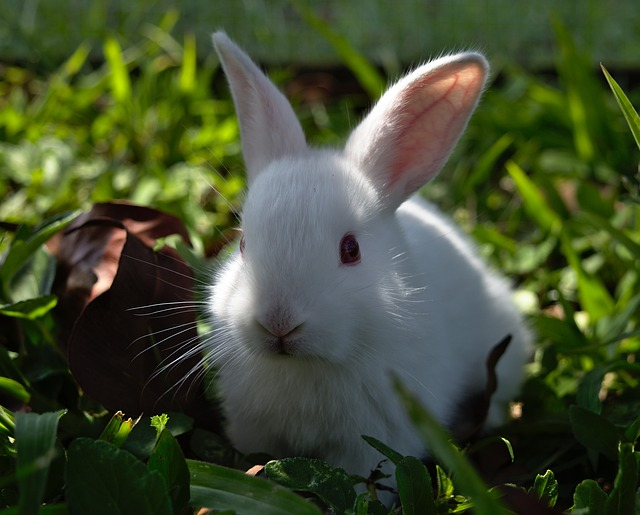
Decoding the Sounds of a Happy Rabbit
Content
A happy rabbit is a joy to be around, and their sounds show a delightful reflection of their contentment. When your bunny feels good, you will hear them make purring, tooth clicking, or honking noises. These sounds usually accompany a relaxed body language, such as half-closed eyes, forward-facing ears, a gently twitching nose, and sometimes even subtle scent glands exuding a pleasant aroma. He sounds and looks quite content.
The purring noises rabbits make often is a very soft sound, similar to a cat’s purr. You might not hear it unless you are near. But it is a common rabbit noise that we find quite comforting in our furry pet.
Acting Happy
Another sign of a happy rabbit is a behavior called “binkying.” This is when your rabbit jumps and twists in the air, sometimes accompanied by running and hopping. Binkying is a delightful expression of joy and excitement, and it’s a sure sign that your rabbit is feeling happy and content. You might even hear your rabbit clucking as if almost laughing.
Providing Happiness
To keep your rabbit happy and healthy, make sure to provide them with a clean, spacious living environment, a balanced diet, plenty of mental and physical stimulation, and regular opportunities for social interaction with you and other rabbits.
Just as with humans, a comfortable environment with companionship helps keep your rabbit happy.

Angry rabbit growling
Recognizing the Sounds of an Upset or Scared Rabbit
It’s essential to be able to recognize when your rabbit is feeling upset or scared, as this can help you address their needs more effectively and avoid potential health or behavioral problems.
Some of the sounds that may indicate distress in rabbits include
- whimpering
- squeaking
- growling
- snorting
- thumping
If you notice your rabbit making these noises, it’s crucial to give them space. Avoid making sudden movements or loud noises. And try to identify the cause of their distress. This may involve removing potential stressors or hazards from their environment or providing additional socialization and enrichment opportunities.
In extreme distress, such as when attacked, you might hear your rabbit scream – a sound synonymous with screaming rabbits. Know that this indicates a need for immediate attention. Under most conditions, rabbits make no loud noises, but being aware of rabbit screams is crucial for their well-being.
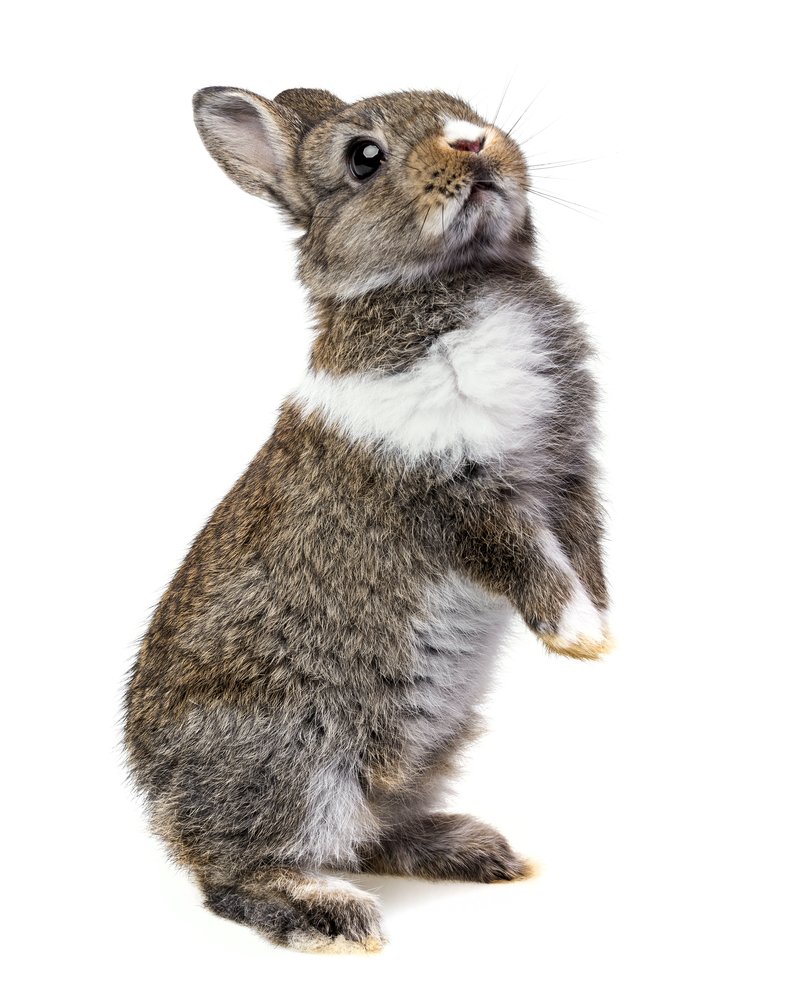
Happy Inquisitive Rabbit
Health Issues
If the problem seems to be health related, contact your veterinarian. Keep in mind that rabbits, as prey animals, often don’t show ill health until the problem becomes quite serious. Thus, understand rabbit noises and what they mean might help prevent a health issue from becoming more serious.
Some sounds your rabbit might make that indicate a health issue include:
-
Teeth Grinding
Teeth grinding often indicates a stomach problem. If he stops eating and won’t drink, it’s time to consult your veterinarian.
-
Sneezing
Sometimes when rabbits sneeze, it’s just that a little hay dust has irritated his nose. But if the sneezing continues, it might be a sign of a respiratory infection. Other signs of a health issue to look for include trouble breathing, nasal discharge, and refusing food and water.
If you suspect a respiratory problem in your house rabbits, contact your veterinarian. These types of health problems lead to serious problems when not managed.
-
Wheezing
Similar to sneezing, wheezing in your pet rabbit might indicate a potential respiratory infection or other health issue. Or it might indicate an allergy. If the wheezing continues, consult your veterinarian.
How Do You Find a Good Rabbit Veterinarian to Help?
If you don’t already have a local veterinarian, we have some tips for how to find a good rabbit veterinarian. Some veterinarians specialize in dogs and cats. But finding a veterinarian that understands rabbits and knows how to diagnose their problems might prove more challenging. We recommend you start your search before you have any problems. Ask other rabbit owners which vet they choose. Your local pet store probably has some recommendations, too.
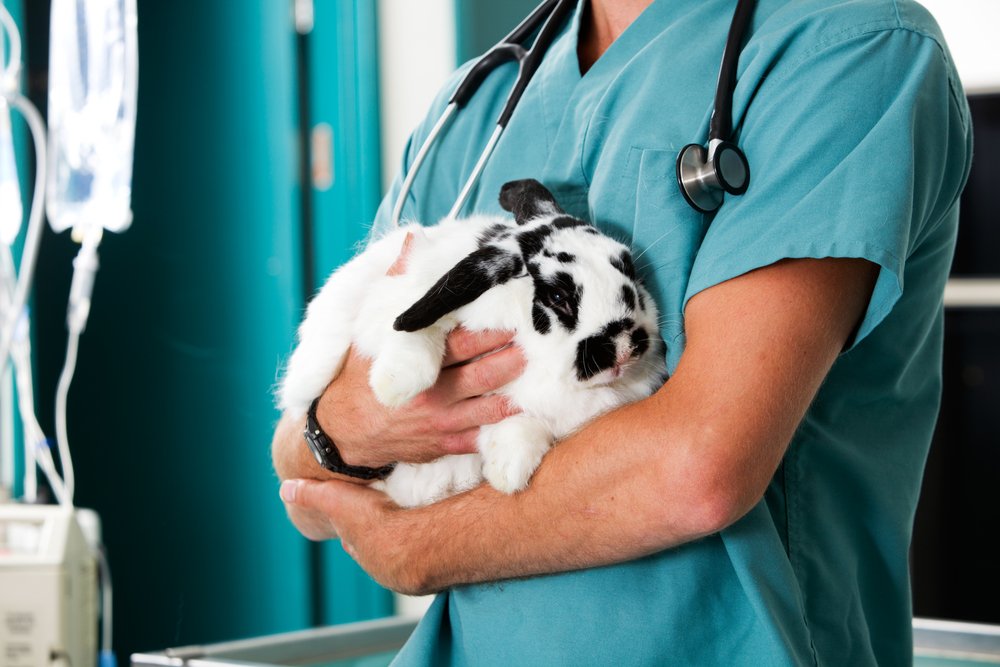
Responding to Your Rabbit’s Sounds and Noises
As a responsible rabbit owner, it’s essential to learn to interpret and respond to your rabbit’s sounds and noises effectively. This involves not only recognizing the meaning behind each sound a rabbit makes but also taking appropriate action to address your rabbit’s needs and emotions.
For example, if your rabbit is purring or tooth clicking, you can reinforce their positive feelings by continuing to pet or groom them, offering a tasty treat, or engaging in playtime. If your rabbit is honking, they may be seeking attention, so respond by giving them some love and attention or providing a stimulating toy or activity.
On the flip side, if your rabbit is making distressed or aggressive sounds, it’s essential to give them space and avoid making sudden movements or loud noises. Try to identify and address the cause of their distress. This may involve consulting your veterinarian, modifying their environment, or providing additional socialization and enrichment opportunities.
Strengthening the Bond with Your Bunny Through Communication
Understanding and responding to your rabbit’s sounds and body language is an essential part of building a strong, trusting bond with your bunny. By taking the time to learn about rabbit communication and practicing attentive, compassionate care, you can create a nurturing and supportive environment where your rabbit can thrive.
In addition to learning about rabbit sounds and body language, consider spending regular, quality time with your bunny to strengthen your bond. Engage in playtime, grooming sessions, and gentle petting to build trust and foster a deeper connection with your rabbit.
Always remember that every bunny is an individual. It’s essential to respect their unique needs, preferences, and boundaries.
Tips for New Rabbit Owners: Understanding Your Bunny’s Sounds
If you’re a new rabbit owner, it may take some time to become familiar with your bunny’s sounds and body language.
Follow These Tips to Help You Get Started:
- Spend plenty of time observing your rabbit and their behavior. This will help you become more familiar with their specific sounds, body language, and communication patterns.
- Research and learn about common rabbit sounds and their meanings, as well as rabbit body language. This will give you a solid foundation for understanding your rabbit’s communication.
- Be patient and give your rabbit time to adjust to their new environment and bond with you. Building trust with your rabbit is essential for effective communication.
- Consult with experienced rabbit owners, rabbit breeders, or veterinarians for advice and guidance on understanding and responding to your rabbit’s sounds and body language.
Unlocking the Mystery of Bunny Sounds
Rabbit sounds are a fascinating and essential aspect of bunny communication, and understanding them can greatly enhance your relationship with your pet. Take the time to learn about common rabbit sounds and their meanings. Learn to recognize them and respond to your rabbit’s emotions and needs.
By fostering a strong bond through attentive, compassionate care, you unlock the mystery of rabbit sounds and create a loving, supportive environment for your furry friend. So, hop to it, and start exploring the wonderful world of rabbit communication today!
Rabbit Communication FAQs
Can rabbits understand human voices?
While rabbits may not understand human language, they can learn to recognize their owner’s voice and respond to certain words or phrases, especially when these are paired with consistent actions or rewards.
Can rabbits communicate with other rabbits?
Yes, rabbits have a complex system of communication that includes both vocalizations and body language. They use these signals to express emotions, establish social hierarchies, and coordinate group activities.
Do different rabbit breeds make different sounds?
While the basic repertoire of rabbit sounds is consistent across breeds, individual rabbits may have their own unique “voice” or way of expressing themselves. It’s essential to get to know your rabbit’s specific sounds and body language to understand their unique communication style.
How does a rabbit communicate?
Rabbits primarily communicate through body language, such as thumping their hind legs to signal danger or distress, as well as using various vocalizations like purring when content and grunting or growling when agitated. They also use their sense of smell to mark territory and communicate with other rabbits through scent markings.
You Might Also Like…



